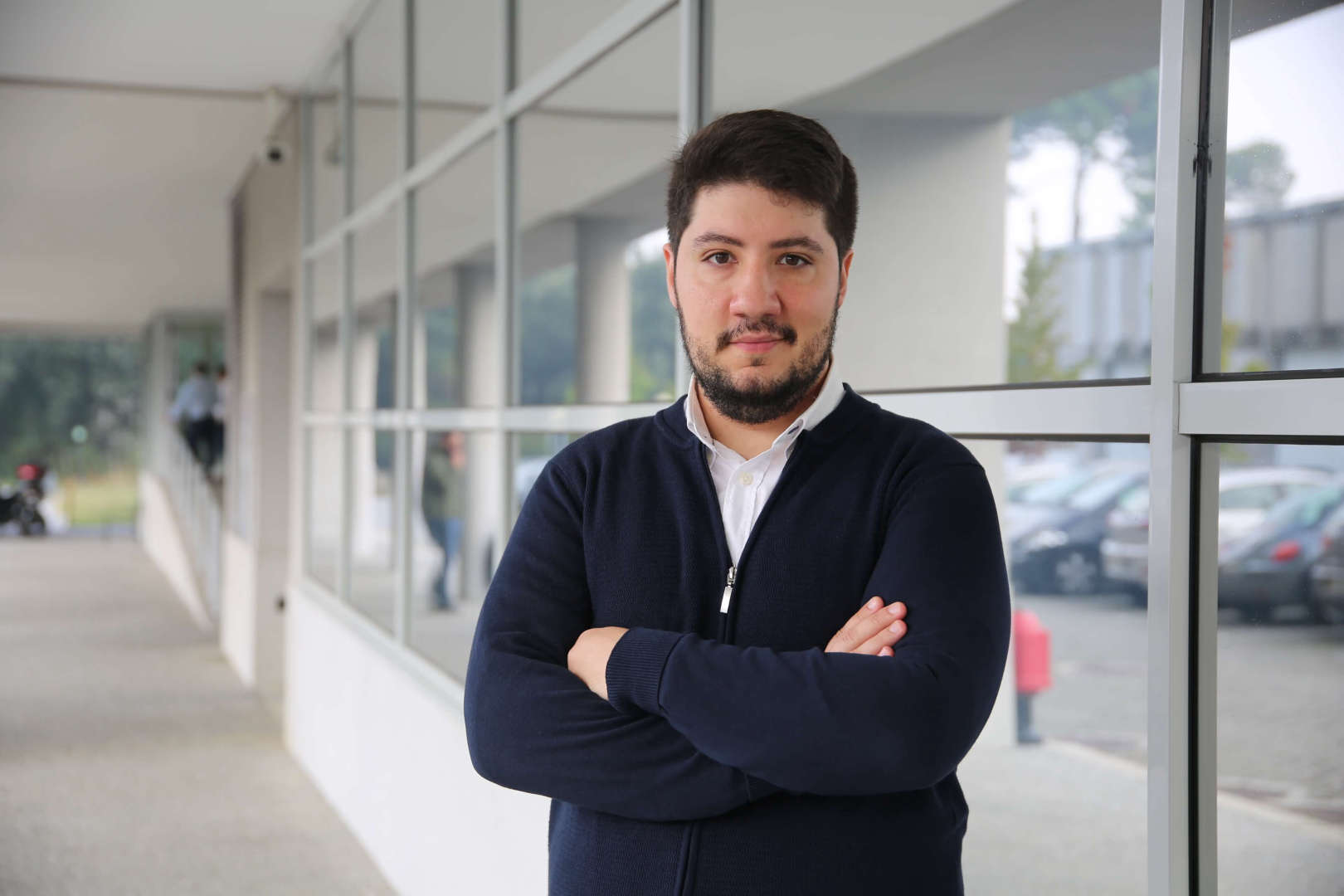Sobre
Ricardo Silva nasceu em 1988 no Porto. Completou o Mestrado Integrado em Engenharia Electrotécnica e de Computadores pela Faculdade de Engenharia da Universidade do Porto (FEUP) em 2018, tendo anteriormente completado o Mestrado em Biologia na Faculdade de Ciências da Universidade do Porto (FCUP) em 2011.
É atualmente investigador no INESC TEC desde 2018 no Centro de Sistemas de Energia. O seu trabalho tem-se focado essencialmente na gestão otimizada de microrredes, parques híbridos e mais recentemente comunidades de energia renovável, completada com abordagens inovadoras à modelização de baterias e outros recursos flexíveis. Participou em diversos projetos, nacionais e internacionais, com enfoque nesses mesmos tópicos, dos quais se destacam o projeto FLEXERGY, InterConnect, Baterias2030, SmartGlow e DigitalCER, entre outros.
Tem publicados, na área e à data de 2023, 3 artigos em revistas internacionais e 8 artigos em conferências internacionais.




